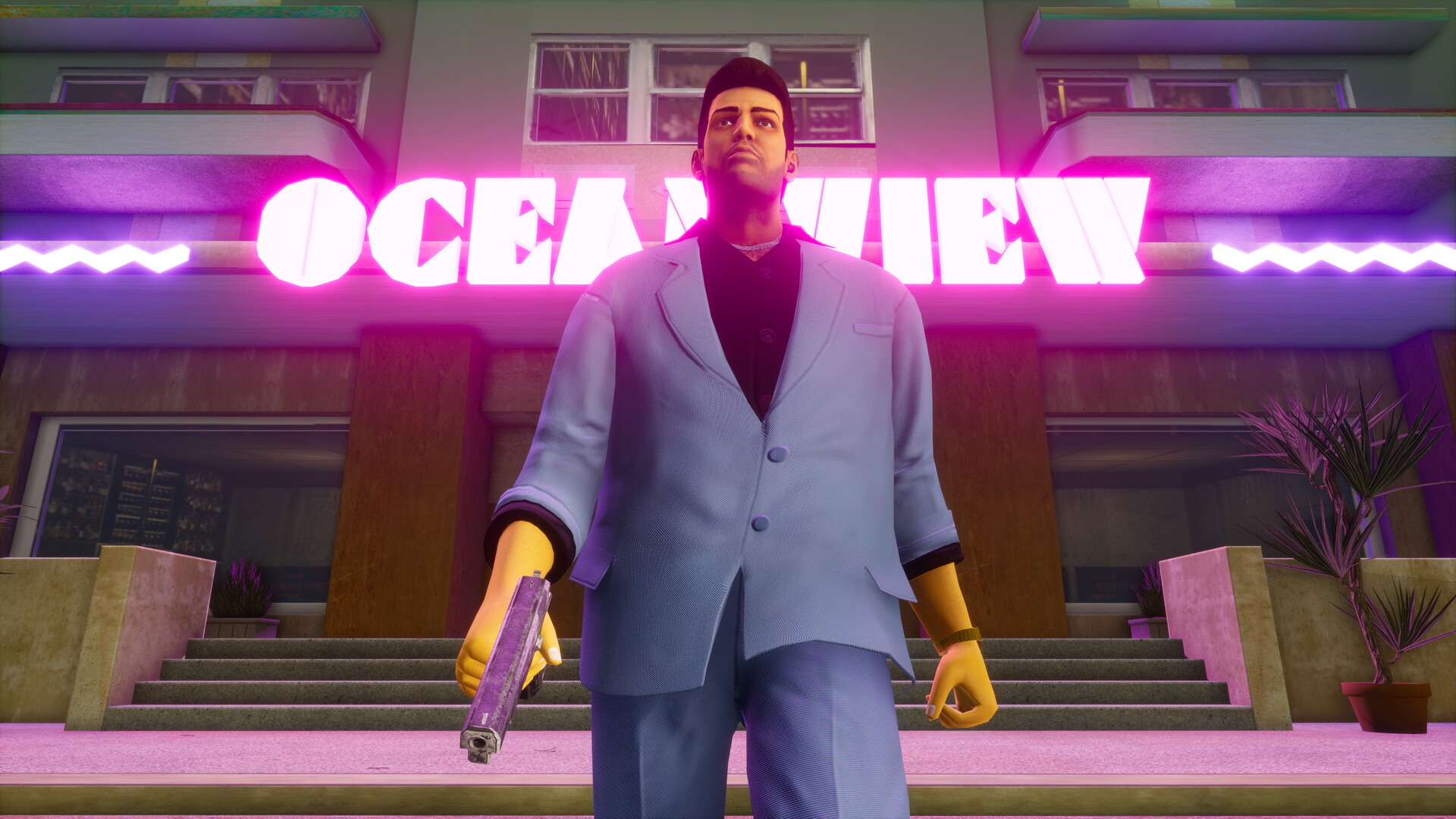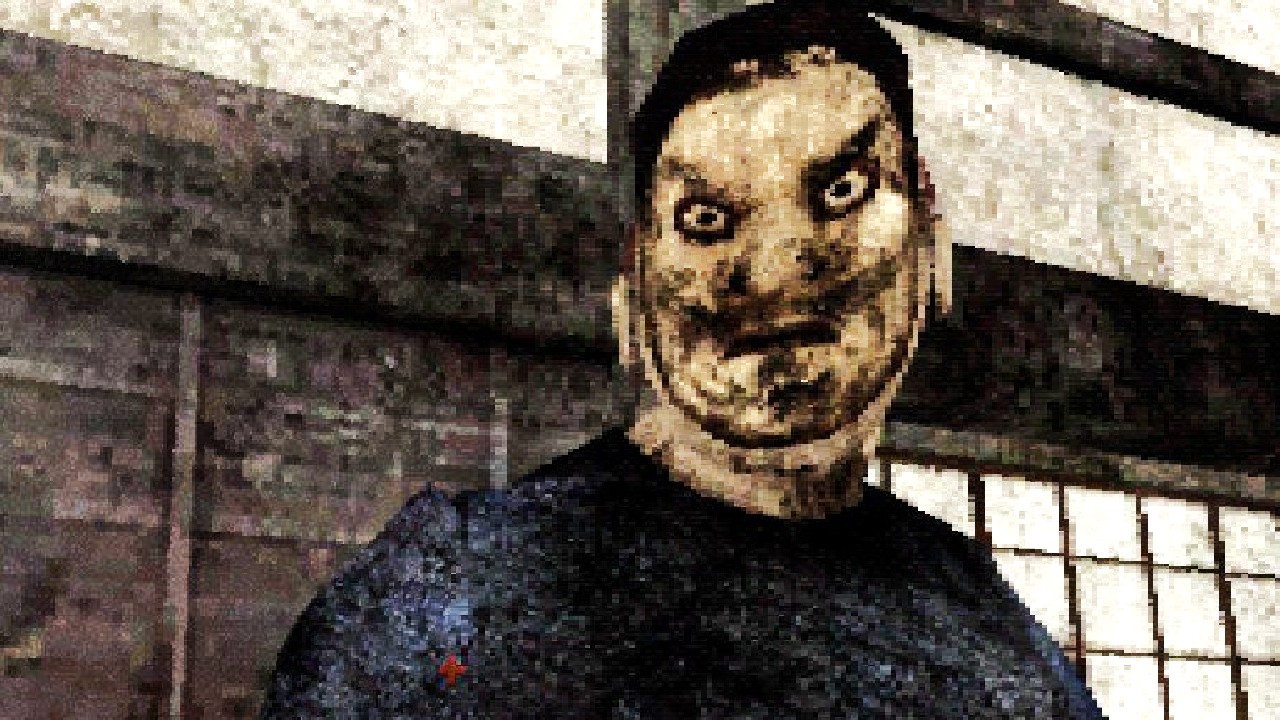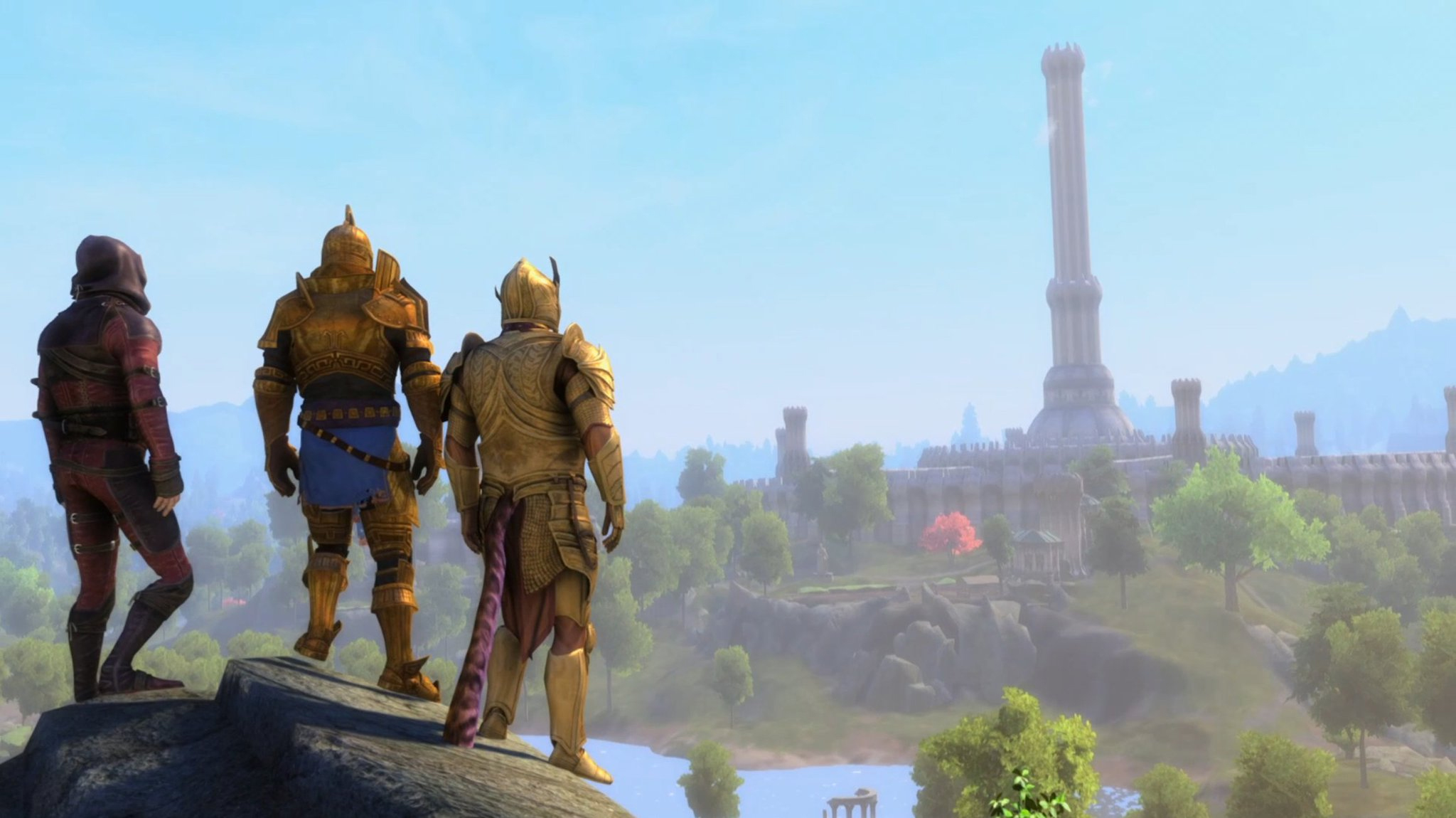
The Beast Within Review
Werewolves are defined by their dual nature. Humans who are forced by fate to become wild animals. Unwilling participants in and sources of wanton destruction. They’re monsters, but they can also be seen as people suffering from a life-altering condition – a sentiment that’s poorly explored in Alexander J. Farrell’s The Beast Within.
The Beast Within (not to be confused with the coming-of-age creature feature of the same name from 1982) sees the man behind its wolfman. But it also questions the loved ones who enable his moonlit massacres. Yes, this is a movie that equates lycanthropy with an affliction like alcoholism, as Imogen (Ashleigh Cummings) pretends nothing is wrong with her husband Noah (Kit Harington), hides signs of abuse, and lashes out at those trying to help. Instead of focusing on the monster, the film tries to emphasize its intimate, yet occasionally violent human interactions. It’s an engaging idea that works in parts, thanks to strong showings from Cummings and Caoilinn Springall as Imogen and Noah’s 10-year-old daughter Willow.
Eager to learn the truth about her parent’s secret trips into the forest, Willow eavesdrops on hushed conversations and ignores warnings to stay inside at night. Her disobedience leads to predictable outcomes, usually a scolding or routine jump scare. Springall’s ability to express tangible fear, however, adds some much-needed tension to The Beast Within. The same can be said for Cummings’ portrayal of Imogen. Her pained expressions and harsh, but caring tone reflect the conflict between Imogen’s desire to be a supportive spouse and her need to keep Willow safe. And when the danger becomes too much to ignore, the urgency comes through in Cummings’ passionate performance.
The rest of the cast don’t fare as well. The considerable talents James Cosmo has displayed in Highlander, Braveheart, and Game of Thrones are nearly wasted in the part of Imogen’s father Waylon. Cosmo is solid at offering a few words of wisdom or the occasional foreboding glance, but he isn’t around long enough to make an impact. His fellow Lord Commander of the Night’s Watch Harington also feels absent, but not because he doesn’t get enough screen time. Rather, Harrington just appears disinterested in the role. Outside of a few angry outbursts and a key scene opposite Springall, he doesn’t show any real emotion. Some stilted lines, barely noticeable scowls, and brief smiles during flashbacks don’t amount to a convincing portrayal of a man suffering with a hex passed down from generation to generation.
Harington’s seemingly halfhearted acting is indicative of The Beast Within as a whole. It makes some novel contributions to werewolf lore: the transformation being an outward display of Noah’s insecurities about his condition. The film isn’t overtly scary, but the Imogen and Noah’s domestic strife foster an ominous atmosphere; their “out of sight, out of mind” approach has a readily apparent and inevitable outcome. But the drama of their situation is presented in such a vague manner – with much of it happening offscreen or held until the very end – that it can be hard to tell if Noah is really cursed or just viewed as such by his family. None of the manipulation, potential adultery, and years of violence are ever addressed in a meaningful way, nor is the health of the child who’s growing up around all of this. The Beast Within pairs its pulpy subject matter with some weighty themes, but it doesn’t do nearly enough with them.








